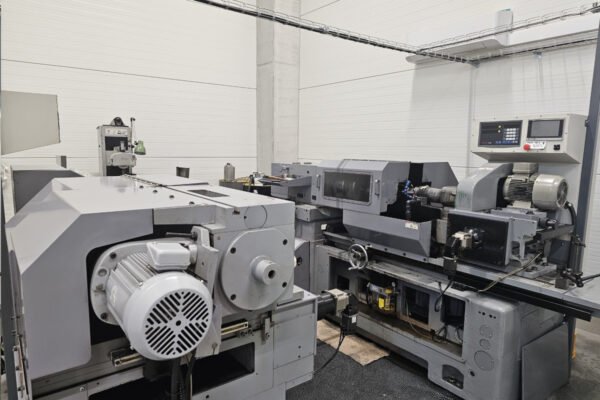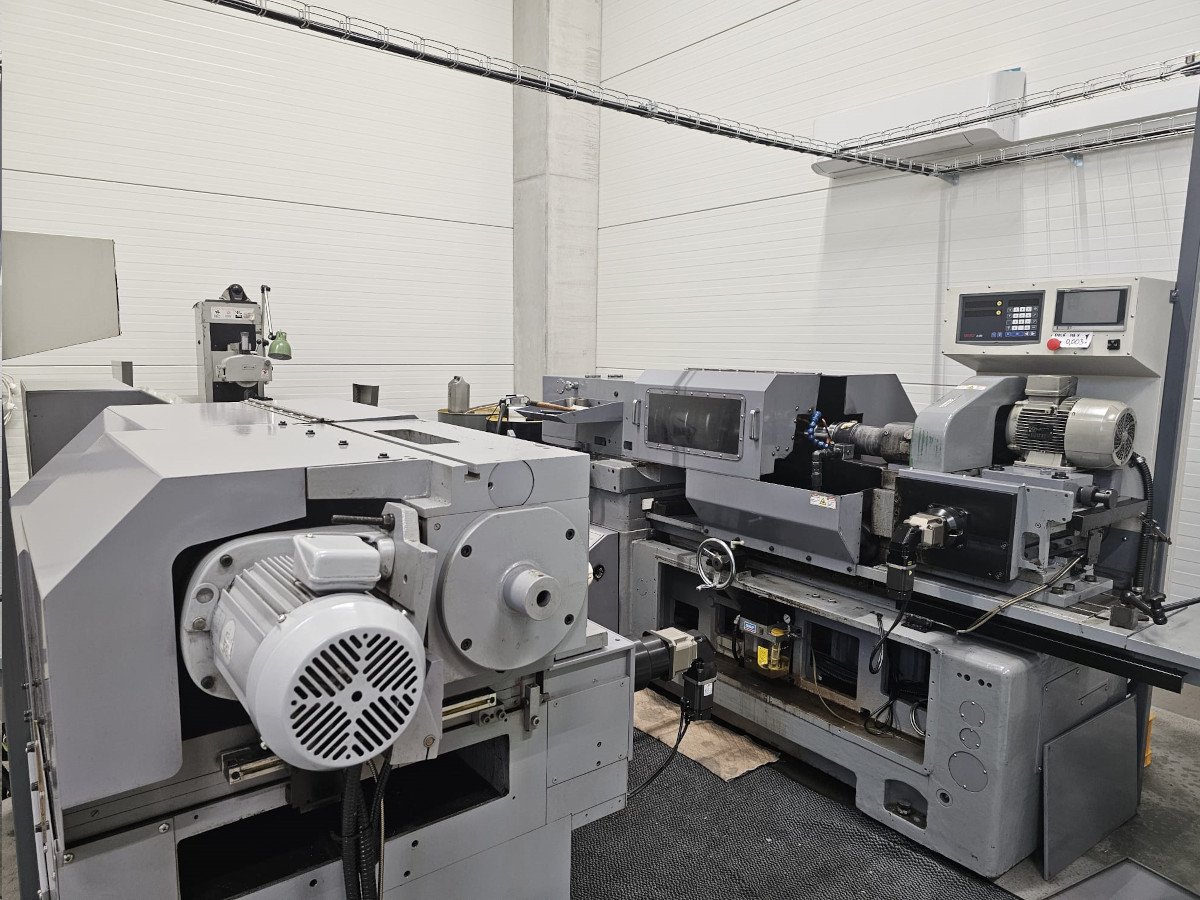

Streamlining Complex Operations with Modern Workload Automation
Companies of every size handle repetitive tasks ranging from data processing to file transfers. Manual oversight of these tasks can be time-consuming and prone to error, making them less efficient and more difficult to scale. Workload automation (WLA) emerges as a method to orchestrate these activities under one centralized system. By coordinating tasks across different departments and technologies, WLA solutions free employees from repetitive duties, enabling them to focus on high-level responsibilities.
Software designed for WLA has matured. It once focused primarily on scheduling batch jobs for mainframes, but today’s platforms have expanded capabilities. Cloud services, container orchestration, and hybrid IT infrastructures are now part of the mix. Some solutions include real-time analytics and dashboards that give managers a clear view of ongoing tasks, where potential issues might arise, and whether all processes are on track. This centralized perspective fosters collaboration because teams no longer operate in isolation.
The drive to automate workloads aligns with broader efficiency goals. An organization that invests in WLA typically aims for predictable outcomes and lower operational costs. An advanced scheduling system will take into account dependencies between tasks, available computing resources, and target deadlines. Tasks can be automatically queued or rerouted, minimizing disruptions if a server goes offline or if a data pipeline runs into delays. This approach leads to more robust operations and less rework for IT teams.
Core Functions of Workload Automation
WLA technology involves scheduling tasks based on specific criteria. These might include time-based triggers (a job runs nightly at 2 AM), event-based triggers (initiating a job after a file appears in a certain folder), or various dependencies (a step is only allowed to begin once previous tasks have completed successfully). Beyond scheduling, modern tools manage priority levels to ensure critical processes always have computing resources.
Consolidated Scheduling and Coordination
Teams frequently rely on different operating systems, programming languages, and application environments. Coordinating tasks across such a diverse landscape used to be arduous. A central WLA platform can oversee everything from mainframe batch jobs to cloud microservices. This cohesive approach removes the need to switch between multiple disparate schedulers. The reduced complexity lowers the chance of human error, while real-time status reports allow for quick responses if things go awry.
Intelligent Resource Management
During periods of heavy activity, servers and network devices can become overloaded. If too many data processing tasks run simultaneously, overall performance can degrade. WLA solutions with intelligent resource management take into account CPU and memory usage, adjusting job queues to prevent bottlenecks. In some cases, the system can dynamically provision additional virtual machines in the cloud or allocate resources as needed.
Key Advantages for Organizations
Relieving employees from manual handling of routine tasks is a primary benefit of WLA. Teams that were previously bogged down by scheduling, error troubleshooting, or routine file transfers can direct their attention to more creative or critical pursuits. The significant uptick in productivity is often cited as the reason organizations adopt these solutions in the first place.
Cost Efficiency and Reliability
Predictable operations generally translate to lower costs. Fewer mistakes mean less time devoted to fixing problems or recovering from data corruption. Moreover, WLA makes it easier to adjust to changing workloads. Instead of employing new personnel to handle surges, an automated system can ramp up or scale down with minimal manual intervention. This leads to a more effective allocation of IT budgets.
Better Compliance and Audit Trails
Many industries must document workflow processes and data handling, whether for internal policies or external regulations. WLA software typically keeps detailed records of completed tasks, including timestamps, execution logs, and resource usage. These records help demonstrate that tasks are completed in accordance with documented procedures. They also make it simpler to diagnose root causes if a job fails.
Overcoming Challenges in WLA Deployment
Introducing a workload automation software can pose hurdles, especially for organizations that rely on legacy applications or have siloed data. Some older software may lack interfaces for external orchestrators, requiring custom integrations or partial rewrites. These technical limitations must be addressed systematically to ensure the automation rollout does not interfere with ongoing production activities.
Organizational Readiness and Change Management
Adopting any new technology requires workforce readiness. Employees need to learn how to schedule jobs, configure triggers, and monitor logs. Training sessions and open communication can ease the transition by highlighting the benefits of the new system. Resistance may come from teams accustomed to manual processes or specialized in older scheduling systems. In these cases, hands-on demonstrations and pilot programs can showcase improvements firsthand.
Aligning with Evolving Business Goals
Business priorities can shift, creating a need to restructure automated workflows. For example, an enterprise might move certain workloads to the cloud for cost optimization or redundancy. That decision necessitates a reevaluation of job sequencing and resource allocation within the automation platform. If the organization acquires new applications, the WLA solution must integrate them. An adaptable platform that supports a wide range of technologies and protocols is more likely to deliver long-term value.
Future Directions for Automated Workflows
The rapid emergence of container-based deployments and microservices suggests that workload automation will continue evolving. These technologies involve smaller, discrete components that can be spun up or down quickly. WLA systems will likely deepen their integrations with container orchestration platforms, ensuring that jobs receive the computing power they need without manual intervention. Some providers are exploring expansions into application release automation, blending software deployment tasks with operational workflows.
Data analytics also play a growing role. By analyzing historical run times, success rates, and resource usage, WLA can make more informed decisions on job prioritization and scheduling. Machine learning algorithms can predict when tasks are likely to fail or run longer than normal, warning administrators before problems escalate. Real-time dashboards, enriched with insights gleaned from data science, bring new levels of transparency and operational control.
Strengthening Operations and IT Agility
The shift toward more automated solutions touches nearly every aspect of modern IT infrastructure. By implementing WLA, organizations can unify diverse technologies under one management plane, ensuring consistent practices. Operational teams benefit from unified monitoring, while business units see improvements in time to market for new services. The net effect is a more agile environment, where tasks flow naturally, and human expertise is reserved for the strategic decisions that push the enterprise forward.
A high-quality WLA implementation does more than handle scripts and schedules. It supports growth by adjusting to new constraints and enabling cross-departmental collaboration. The best solutions provide accessible interfaces, allowing managers and non-technical staff to keep tabs on job progress without deciphering raw logs. Transparency fosters confidence, which helps secure the buy-in needed for continued investments in automation.
Organizations that harness this technology find they can tackle intricate workloads more efficiently, even as operations scale. The overall approach aims to deliver both reliability and adaptability. Once processes are codified and integrated into an automation platform, modifications can be introduced at any stage without unraveling the entire workflow. This adaptability extends beyond day-to-day tasks, empowering teams to experiment with new configurations whenever requirements or strategies shift.
Workload automation stands at the intersection of technology and productivity, providing a structured way to handle demanding, repetitive processes. Those that embrace this software can reduce manual overhead, limit errors, and stay competitive as they adopt innovative tools and methodologies. By orchestrating various elements of IT operations in a controlled yet flexible manner, modern WLA paves the way for a future where efficiency and strategic foresight go hand in hand.












